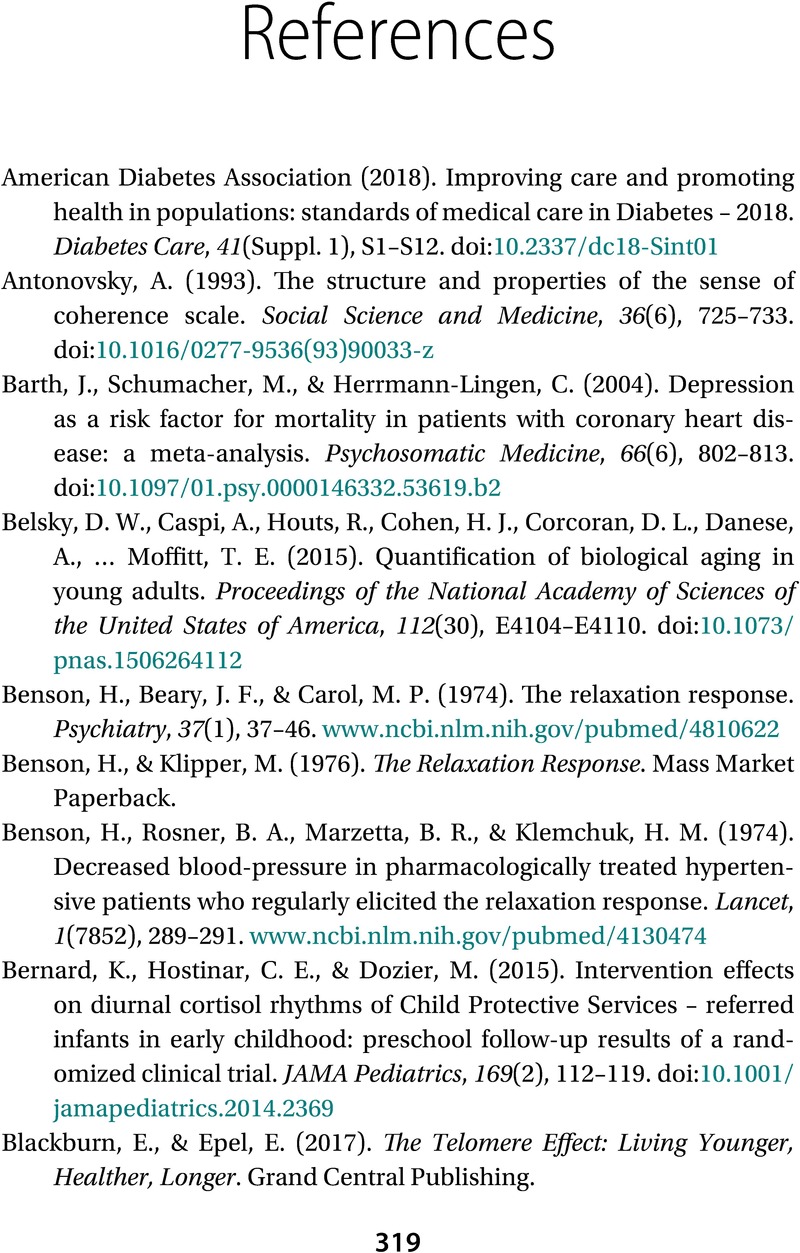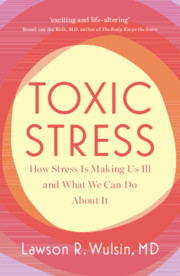Lichtman, J. H.,
Froelicher, E. S.,
Blumenthal, J. A.,
Carney, R. M.,
Doering, L. V.,
Frasure-Smith, N., … American Heart Association Statistics Committee of the Council on Epidemiology and Prevention and the Council on Cardiovascular and Stroke Nursing (
2014).
Depression as a risk factor for poor prognosis among patients with acute coronary syndrome: systematic review and recommendations: a scientific statement from the American Heart Association.
Circulation,
129(
12),
1350–
1369. doi:
10.1161/CIR.0000000000000019Google Scholar 



